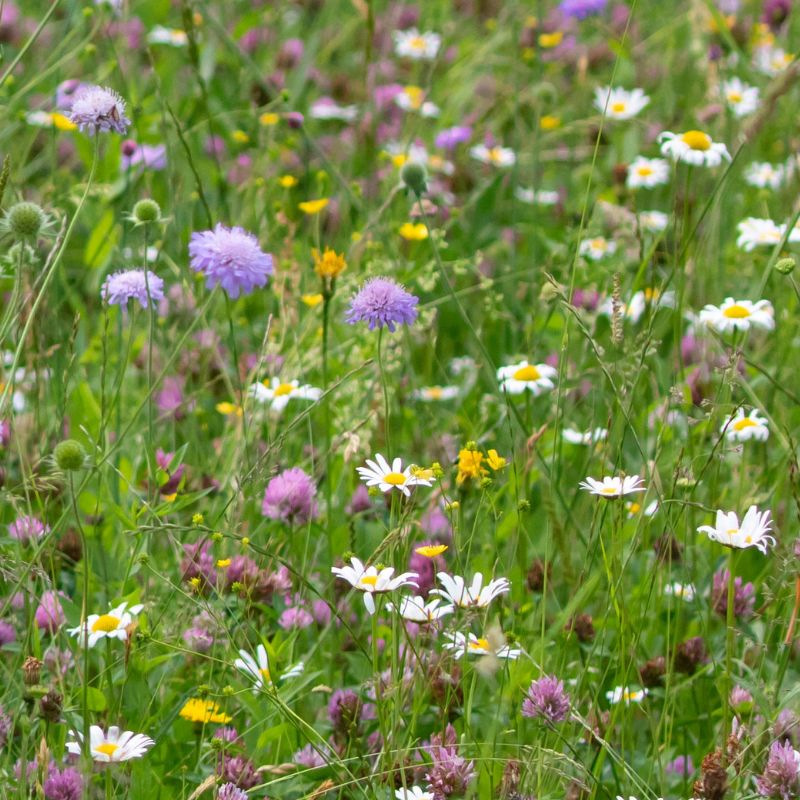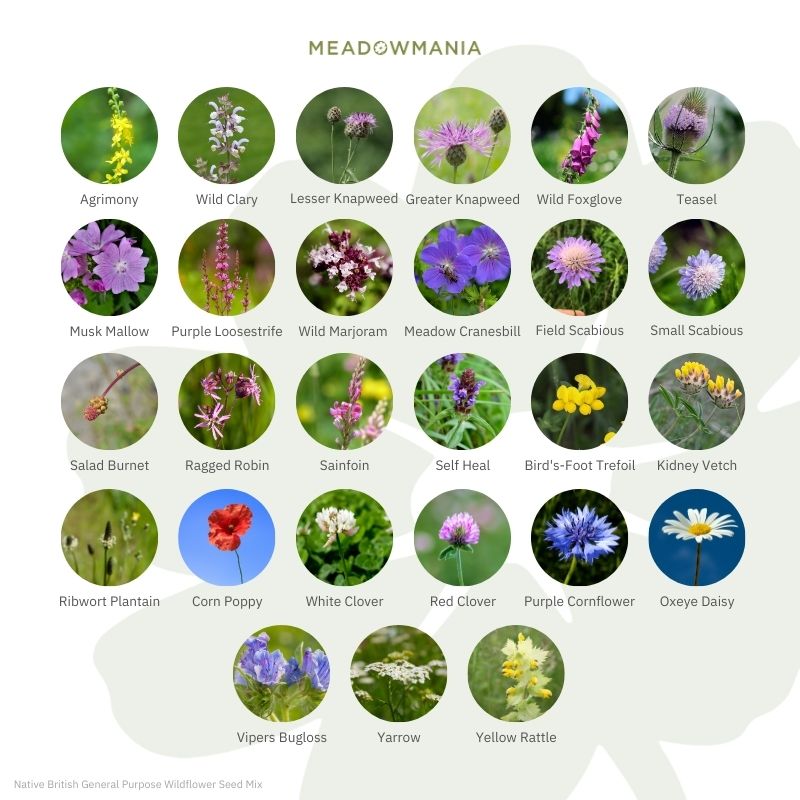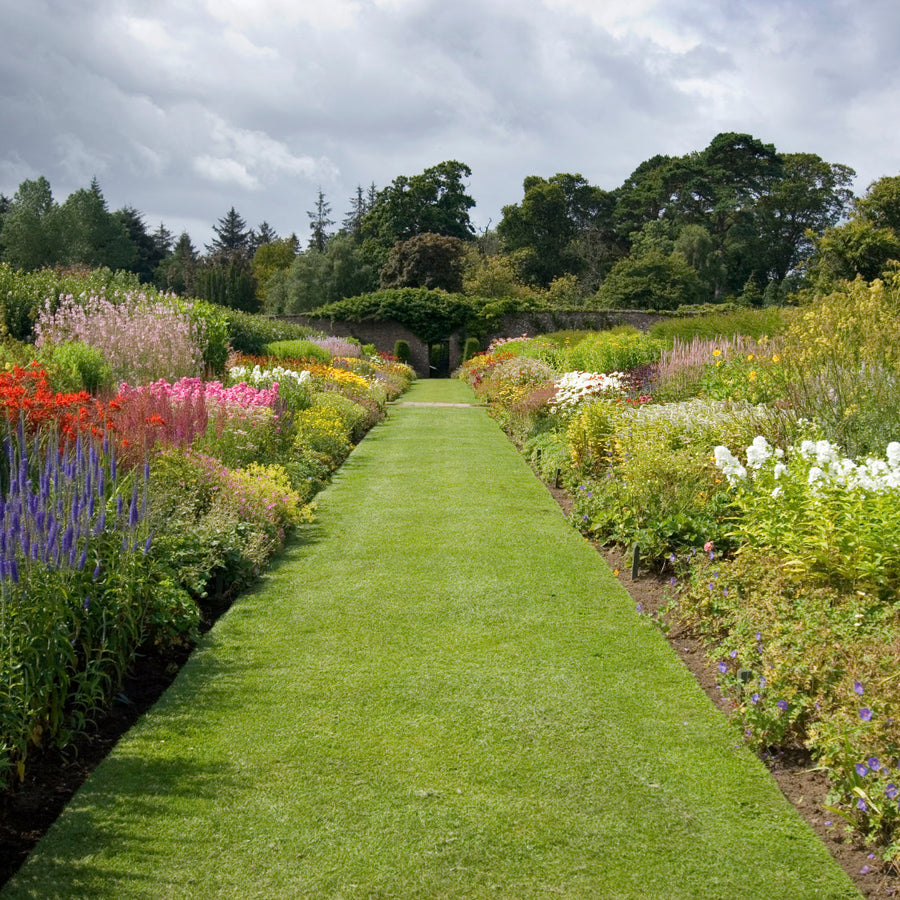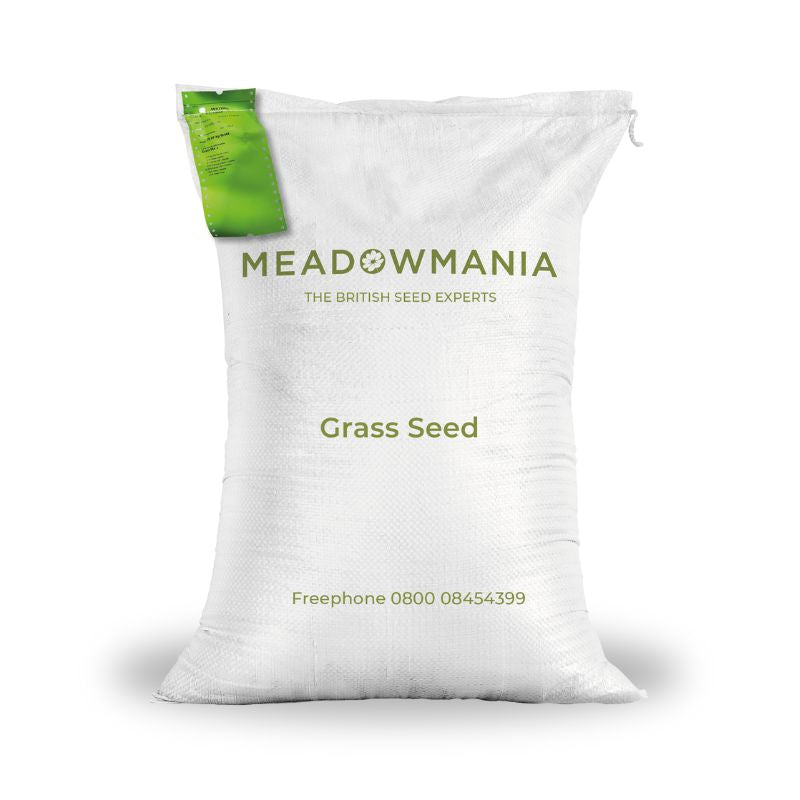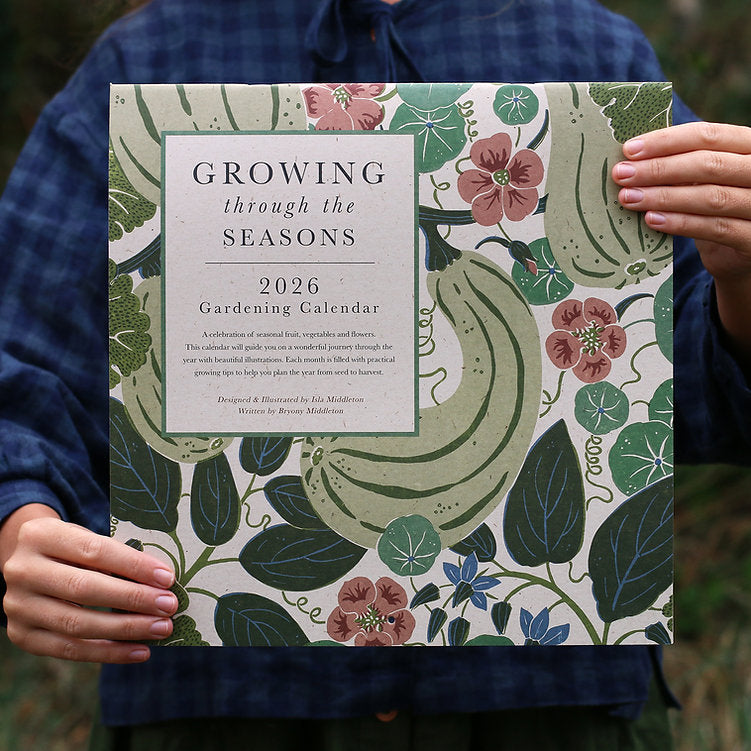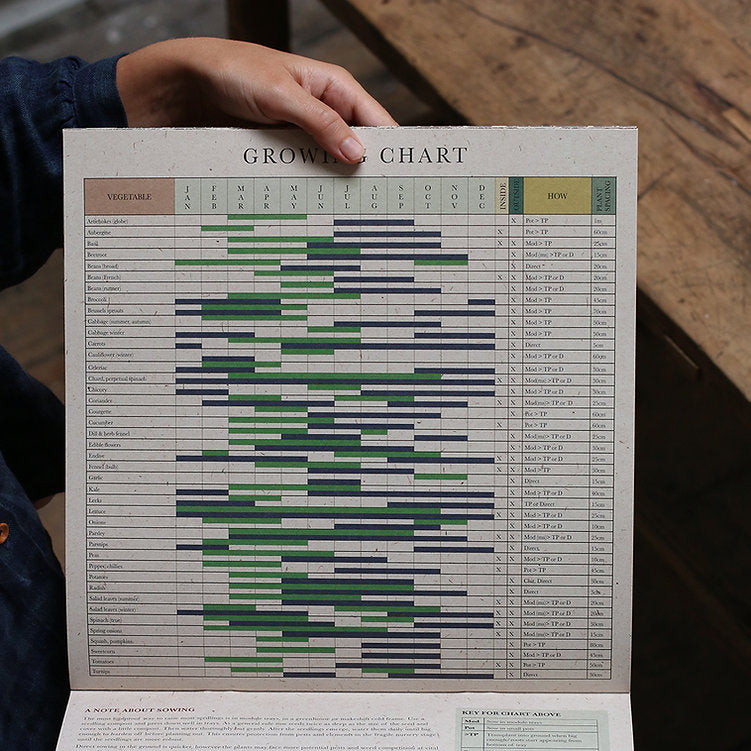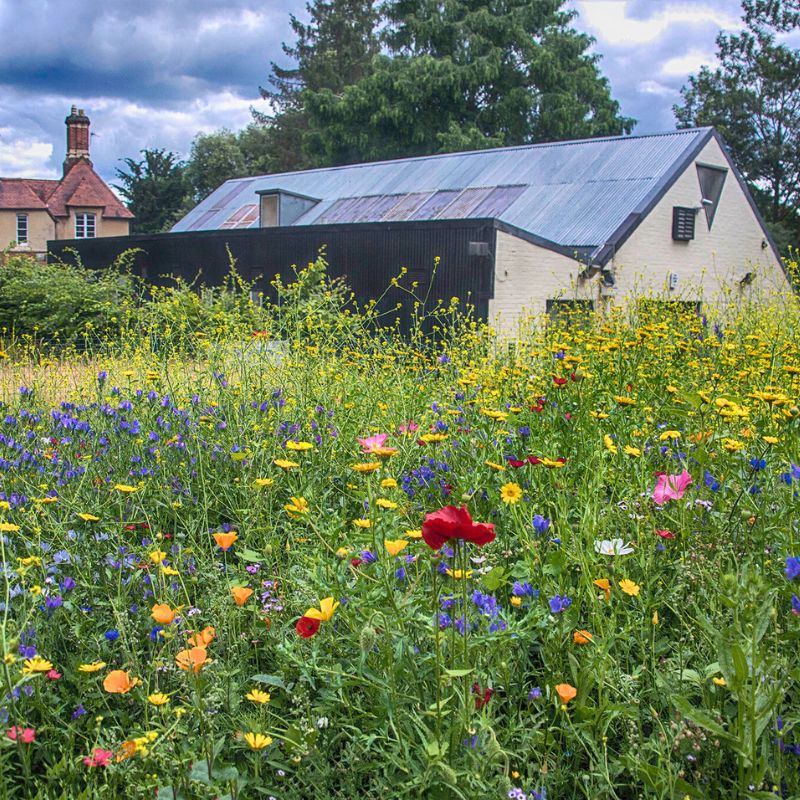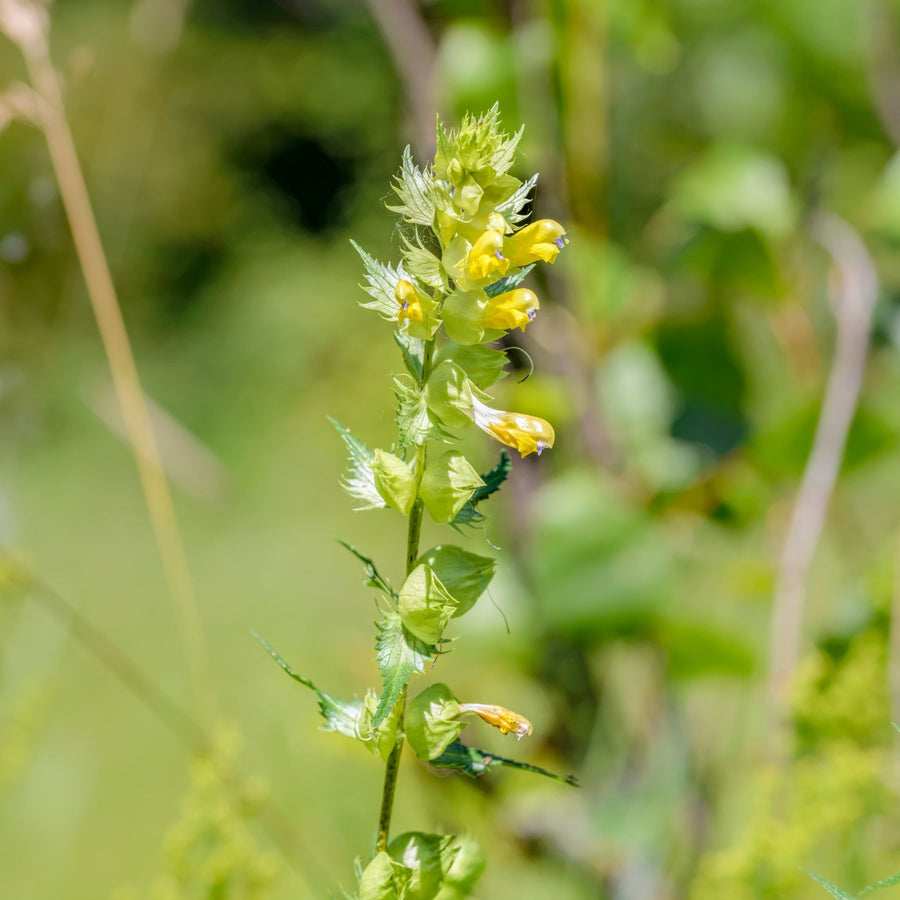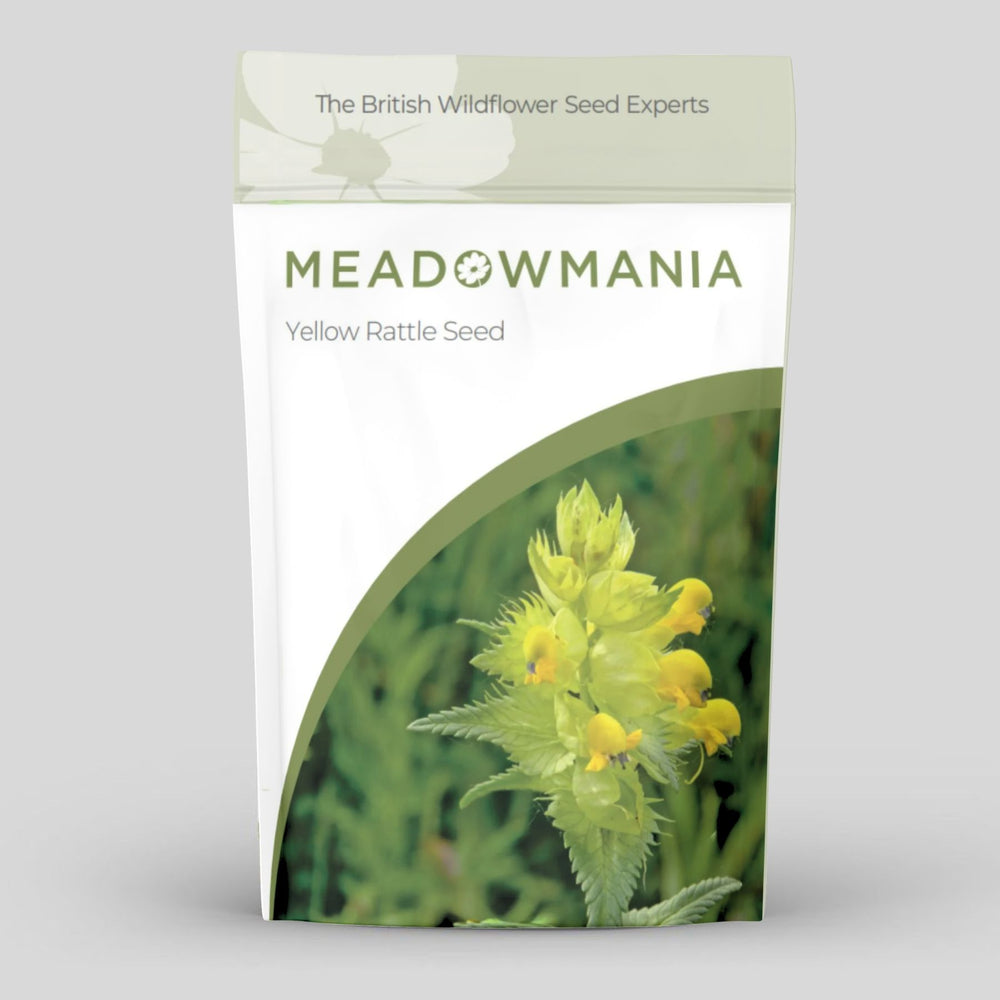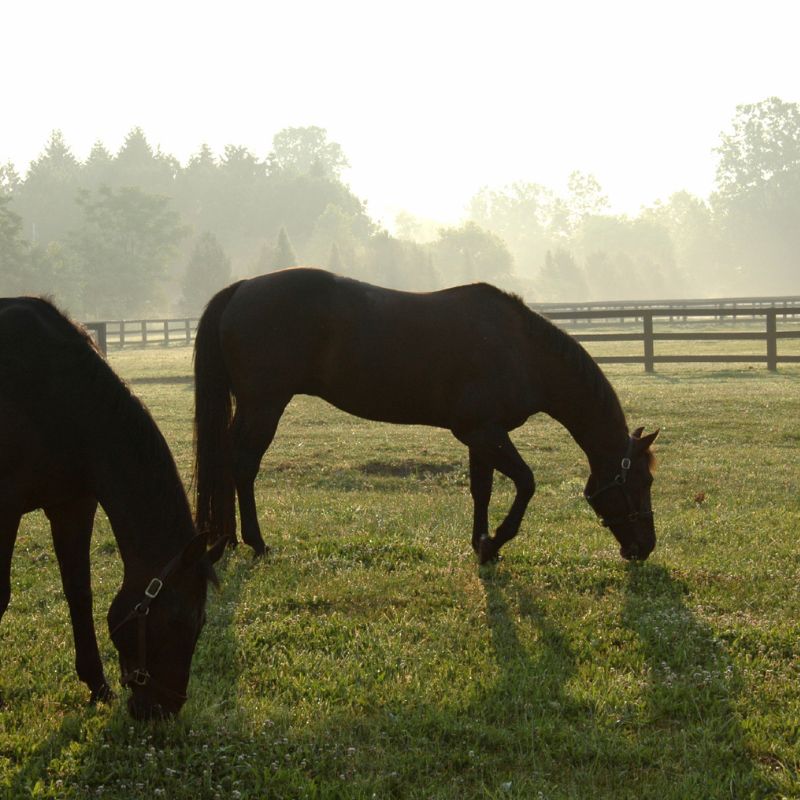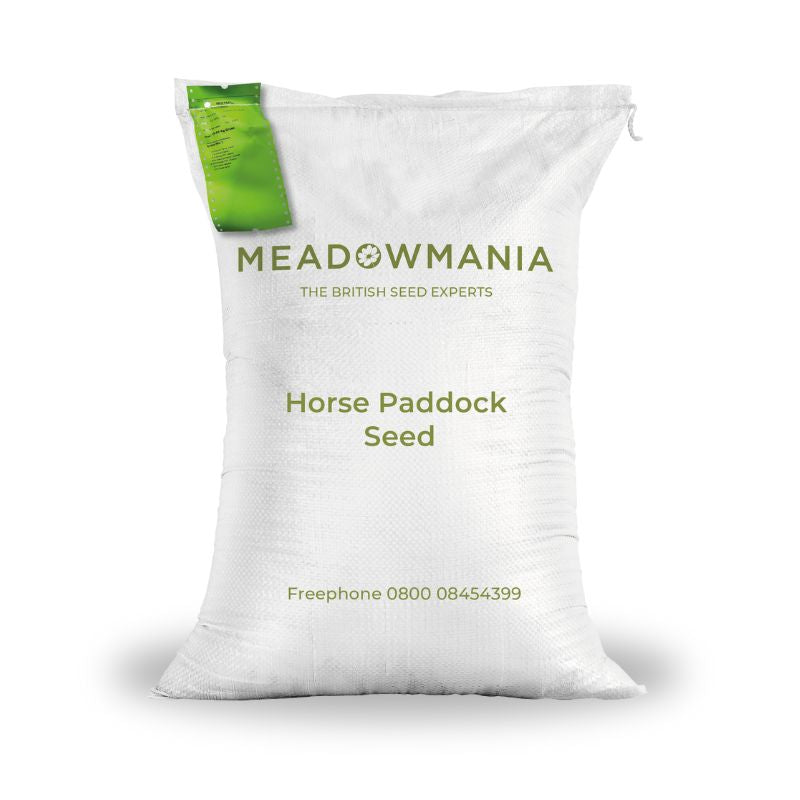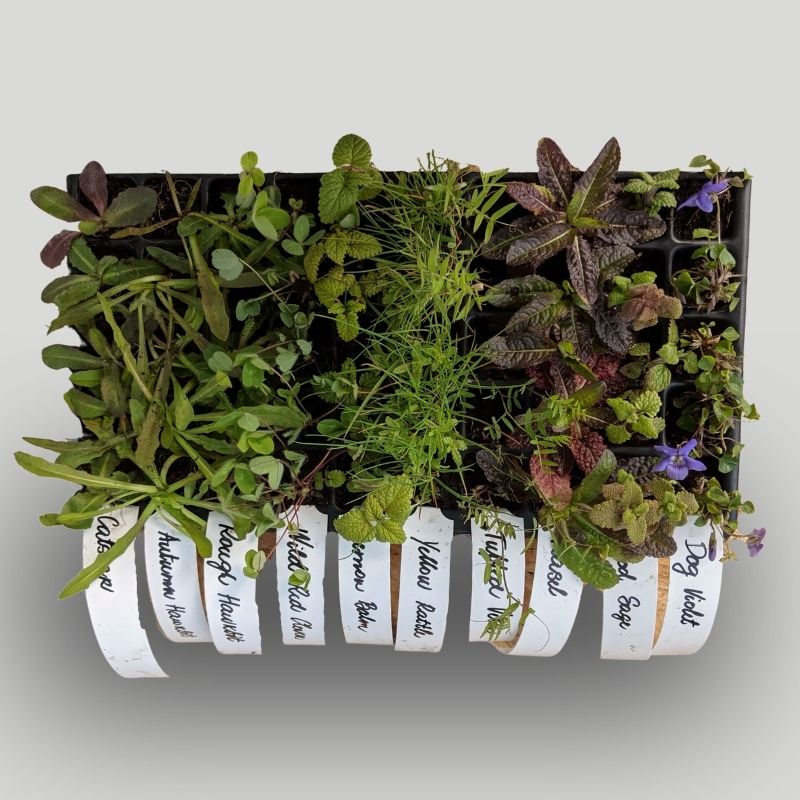
What to Expect: Understanding the Establishment Years of a Wildflower Meadow
Embarking on the journey of cultivating a wildflower meadow is an exciting endeavor, but it's essential to understand that the first few years are what we call the establishment years. During this period, each year will bring forth a new chapter of growth and appearance. Here's what you can expect during each of the first four years of your wildflower meadow.
Year 1: A Symphony of Colours and Purpose

In the first year of your wildflower meadow, you'll can expect to enjoy an incredibly bold display of vibrant annuals that bloom for a long period throughout the summer. This burst of colour isn't just about aesthetics; it serves a functional purpose too. These annuals act as nurturing companions, a nurse crop, aiding the establishment of biennials and perennials. As these annuals thrive, they provide a protective canopy, sheltering the upcoming generations of plants as they establish their roots. Depending on your mix, expect to see cornfield annuals such as bright red field poppies and sky-blue cornflowers, as well as white corn chamomiles and mauve corncockles. These annual species will dieback with the first frosts at the end of a long flowering season.
Year 2: The Reign of Short-Lived Perennials

Moving into the second year, your wildflower meadow takes on a new character. Only the fastest growing perennial species claim the spotlight, taking centre stage; expect your meadow to be dominated by wild carrot or oxeye daisy. These short-lived perennials bring a sense of continuity to the evolving landscape as they dominate the meadow. Their presence creates a backdrop against which other plants will rise and shine in the coming years. You may notice splashes of colour from last year’s annuals that have self-seeded, or other perennials such as red campion or common knapweed which have managed to push through.
Year 3: Embracing Diversity

This can be a less floriferous year, as your wild carrot or oxeye daisy becomes less dominant and other perennial species are maturing. You will begin to see more of a mix of colour arriving in your meadow. This year marks the beginning of a harmonious interplay between species, as they find their equilibrium within their new environment.
Year 4: A Kaleidoscope of Settled Beauty

By the fourth year, your patience and care are richly rewarded. A diverse mix of perennial species graces your meadow, showcasing a spectrum of blooms that flower at different stages throughout the summer. These plants have now become well-acquainted with their surroundings, resulting in a settled display of nature's artistry. With the correct management you can expect your meadow to become more and more species-rich with every passing year.
|
Top Tip: naturally control grass within your meadow, allowing wildflowers to thrive, by introducing the hemi-parasitic yellow rattle. Learn more about how Yellow Rattle can reduce grass growth within your meadow. |
Embracing Change and Diversity
Throughout these establishment years, the joy lies in observing the meadow's evolution. The abundance of flowers will shift and change as they colonise their newfound habitat. You'll notice distinct plant communities forming, creating a contrast across different areas of the meadow. This evolution reflects the natural adaptability of these plants and their journey towards forming harmonious ecosystems.
A Tapestry of Timeless Beauty
Cultivating a wildflower meadow takes a number of years. The first four years are the establishment phase, where each year paints a unique picture of growth, change, and beauty. With each passing year, your wildflower meadow will become a testament to the resilience and ever-changing charm of the natural world.


